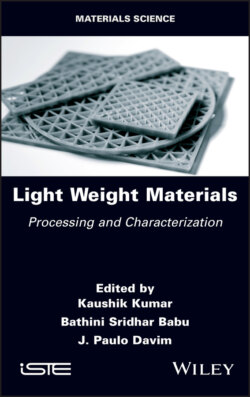Читать книгу Light Weight Materials - Группа авторов - Страница 27
1.5. Aerospace applications of additive manufacturing
ОглавлениеOver the last five years, AM has expanded from tooling and prototyping to explicit part production, especially to enhance industrialized fields such as aerospace, architecture, automotive and medical science. AM stands as a global technology to bring rapid developments in designing and modeling. AM technology is economically viable and provides the complete potential to process individualized products with complex geometries. Its flexibility to use any kind of raw material such as both metals and non-metals provides better replacement of materials, thereby reducing the cost of production. AM contributes its foremost capability to serving the aerospace industry, because this industry faced a great challenge to reduce the weight and size of components in order to avoid dangers and promote safety and durability. Designing and manufacturing flight-worthy components from high-performance materials are needed for commercial and military aerospace platforms, which can be achieved by AM. 3D printing (3DP) offers multifaceted, amalgamated parts with extraordinary strength. The involvement of less material and consolidated designs results in the overall reduction in weight, which acts as the most important factor in manufacturing for aerospace (Russell 2019). AM is often used for aerodynamic analysis, which has acute prominence for aerospace. The selective laser melting and binder jetting are used to create strong-featured, plane scale prototypes of aerospace designs to yield exact models that allow design indentation and feasibility. 3DP is generally used to produce structural, low-volume metal supports (with DMSL/SLM), which have intricate lifesaving systems, for the internal barricade of a plane. The extremely appropriate technique of prototyping is also ultimate for aerodynamic test results and analysis, as the stable surface finish factor is able to meet the appropriate final part through the 3DP technology. AM has an extraordinary degree of design freedom that assists in optimizing the parts and incorporating multiple features in a single component (Kamal 2019). AM greatly supports the aerospace industry as it is mainly focused on components with multifarious competence and low volume production. The assembly of composite designs with various sizes and the scope that prevails manufacturing in the required volume are achieved in a single machine through AM.
Figure 1.9. Aerospace components fabricated through AM (Hiemenz 2014)
